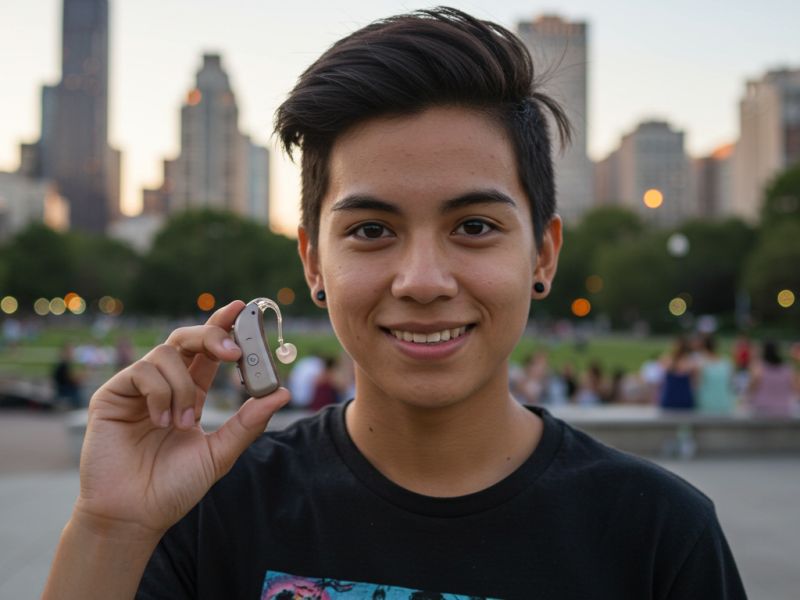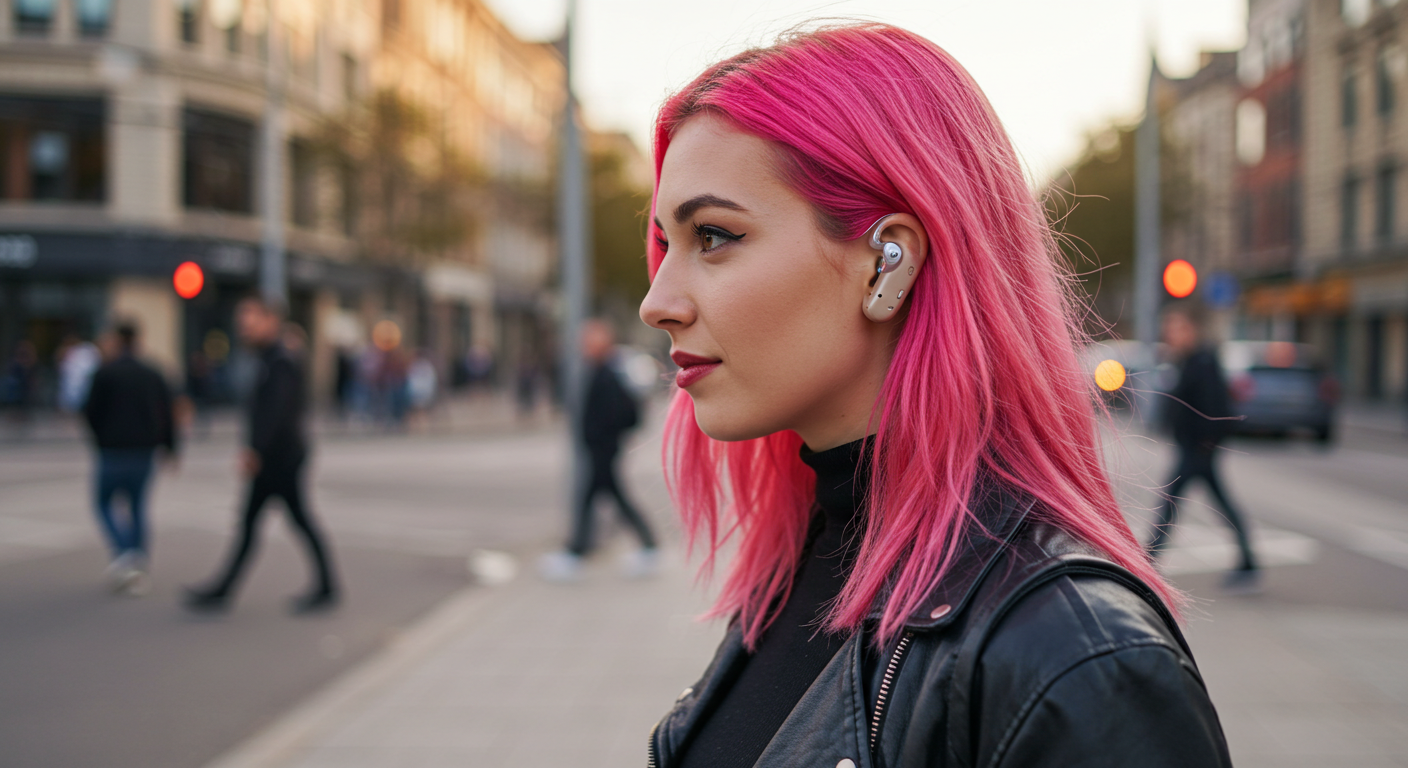
Understanding the average age of hearing aid users helps break common misconceptions.
We all tend to think of hearing aids and immediately picture an older adult. But is that necessarily the case anymore? With improvements in hearing technology and greater hearing health awareness, the average age of hearing aid user has been evolving—and the results may be shocking to you.
The Average Age of Hearing Aid Users: Hearing Loss Strikes All Ages

It’s a common misconception that hearing loss doesn’t begin until your 70s or 80s. Most individuals begin to experience hearing issues much earlier. According to global research, the average age of a hearing aid user is now closer to 65. In some countries, it’s even younger—around the early 60s or late 50s.
Why is this occurring? Some factors, including:
-
Noise exposure from contemporary lifestyle (e.g., headphones, noisy work environment)
-
Increased early diagnosis and early intervention
-
Smaller and more subtle devices with a more youth-friendly appeal
As a consequence of this, the average age of a hearing aid user is now not quite as old as ten years ago.
How Technology is Impacting the Average Age of Hearing Aid User
Technology is amongst the biggest reasons for the reduced average age of hearing aid user. Hearing aids are now compact, wireless, and sometimes synced to smartphones or smart TVs. Those features, coupled with advanced technology, specifically appeal to astute users between their 40s and 50s who are looking for a hassle-free listening experience.
Because hearing loss is diagnosed at a younger age, more people are choosing to act sooner—so the average age of hearing aid user continues to decrease. In fact, delaying treatment could actually result in increased hearing loss in the long run, so acting early is a smart choice.
Social Acceptance and the Average Age of Hearing Aid User
Another key trend affecting the average age of hearing aid user is greater acceptance of assistive technology. What was once stigmatized is now viewed much the same as wearing glasses—practical and empowering.
Younger users are more and more comfortable with receiving help. Hearing health campaigns and audiology outreach have made it clear that loss of hearing is something anyone can suffer from—and that doing something about it has nothing to be ashamed of.
Why the Average Age of Hearing Aid Users Matters

Being aware of the average age of hearing aid users enables producers and suppliers to more effectively accommodate their customers. For example, consumers in their 50s may appreciate fashion-conscious or discreet styles, while those in their 70s will prioritize ease of use and battery life.
Knowing the average age of hearing aid users also helps normalize hearing aid use among younger generations. The more we talk about it, the more we remove the stigma and encourage people to seek the assistance they deserve.
ELHearing: Empowering Every Age with Better Hearing
Here at ELHearing, we believe everyone can enjoy high-quality hearing regardless of age. As a significant hearing aid producer with custom and wholesale solutions, we design hearing aids that appeal to the tastes, needs, and lifestyles of real people.
Your consumers can be aged 45 or 85 years. ELHearing provides:
-
Discreet, up-to-date styles of hearing aid
-
Advanced innovations like noise suppression and Bluetooth connections
-
Simple partnership and clinic customization
-
Wholesale customers receive consistent bulk pricing
As the average age of hearing aid users continues to trend younger, ELHearing remains committed to staying at the forefront of innovation and accessibility. The average age of hearing aid users is changing, and ELHearing is proud to meet the needs of a younger, more diverse audience.
Join our team? Contact ELHearing today to learn more about our wholesale and custom hearing aid solutions.
